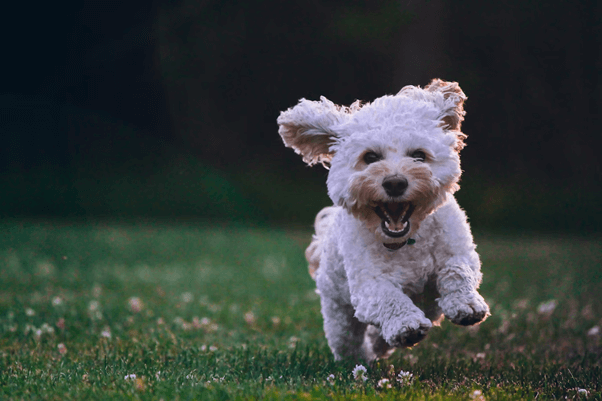When it comes to shifting your dog’s diet to a new food, a gradual transition is key to avoid digestive upsets and ensure a smooth change. So, let’s dive in and make the dietary transition a stress-free experience for your four-legged companion.
The Importance of a Gradual Transition
Transitioning your dog to a new food gradually is crucial to preventing gastrointestinal distress and digestive upsets. This careful process allows your dog’s digestive system to adapt to the new food gradually.
Transitioning Your Dog to a New Food: Step by Step
Follow these steps to ensure a successful transition to your dog’s new diet:
1. Start Slowly: Begin by mixing a small amount of the new food with your dog’s current food. Gradually increase the proportion of the new food over several days or weeks, depending on your dog’s tolerance.
2. Monitor Your Dog’s Response: Keep a close eye on your dog’s stool consistency, appetite, and overall well-being during the transition process. If you notice any adverse effects such as diarrhea or vomiting, slow down the transition or consult with your veterinarian.
3. Maintain Consistency: Stick to a consistent feeding schedule and portion sizes during the transition. This helps regulate your dog’s digestion and prevents overfeeding, which can lead to weight gain or other health issues.
4. Adjust the Transition Speed: Every dog is unique, so the transition process may take longer for some dogs. If your dog experiences digestive issues, take a step back and extend the transition period to give their system more time to adjust.
5. Patience is Key: Remember that transitioning your dog’s food is a gradual process that requires patience. Rushing the transition could cause discomfort for your dog and result in an unsuccessful switch.
The Benefits of Dog Bowls in Bulk
Purchasing dog bowls in bulk offers several advantages for both you and your furry friend:
1. Cost Savings: Buying dog bowls in bulk allows you to take advantage of discounted prices. This is particularly beneficial for pet owners who have multiple dogs or need spare bowls for different areas of their home.
2. Convenience: Having multiple dog bowls ensures that you always have a clean bowl available for mealtimes. This saves time on washing and eliminates the need to search for clean bowls when you need them.
3. Durable and Long-lasting: Bulk dog bowls are often made from sturdy materials like stainless steel or ceramic. This ensures durability and longevity, minimizing the need for frequent replacements.
4. Easy to Clean: Dog bowls purchased in bulk are typically easy to clean and dishwasher-safe. This promotes hygiene and reduces the risk of bacterial growth, ensuring your dog’s meals are served in clean and safe bowls.
5. Versatility: Purchasing dog bowls in bulk allows you to have bowls of different sizes and styles to accommodate various feeding needs. Whether you need a larger bowl for mealtime or a smaller one for treats, having a variety of sizes ensures you have the right bowl for every occasion.
Conclusion
Transitioning your dog to a new food requires a gradual approach to avoid digestive upsets. By following the step-by-step process and monitoring your dog’s response, you can ensure a successful transition. Additionally, purchasing dog bowls in bulk offers cost savings, convenience, durability, easy cleaning, and versatility. With these tips and the benefits of bulk dog bowls in mind, you can make the dietary transition process smoother and more enjoyable for both you and your beloved pet. Happy feeding!





Be First to Comment